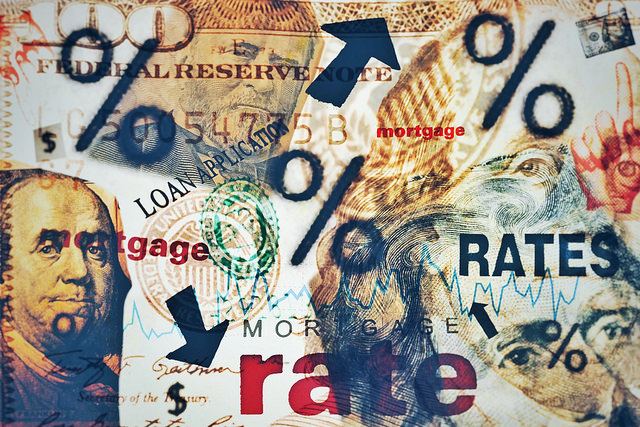When it comes time to decide whether or not to buy, having enough money saved for a down payment can be among the largest obstacles preventing a potential home buyer from actually purchasing a house. This is especially true for younger Americans, who are just entering the workforce and haven’t had time to build up much savings and may be trying to pay down student-loan debt at the same time. In order to get a feel for how long each age group should expect to have to save in order to have a 10 percent down payment on a home, Hanley Wood Data Studio looked at median household incomes and median home prices for each age group and broke down their findings. According to the results, 18-to-24 year olds, not surprisingly, will have to save the longest. That age group should expect to have to save for 8.77 years before they’d have enough saved to put 10 percent down on a median priced home for their age. Seniors were the next longest demographic, taking 7.37 years to save for a down payment. At 3.54 years, Americans between the ages of 45 and 54 took the least amount of time to gather money for a down payment. More here.













